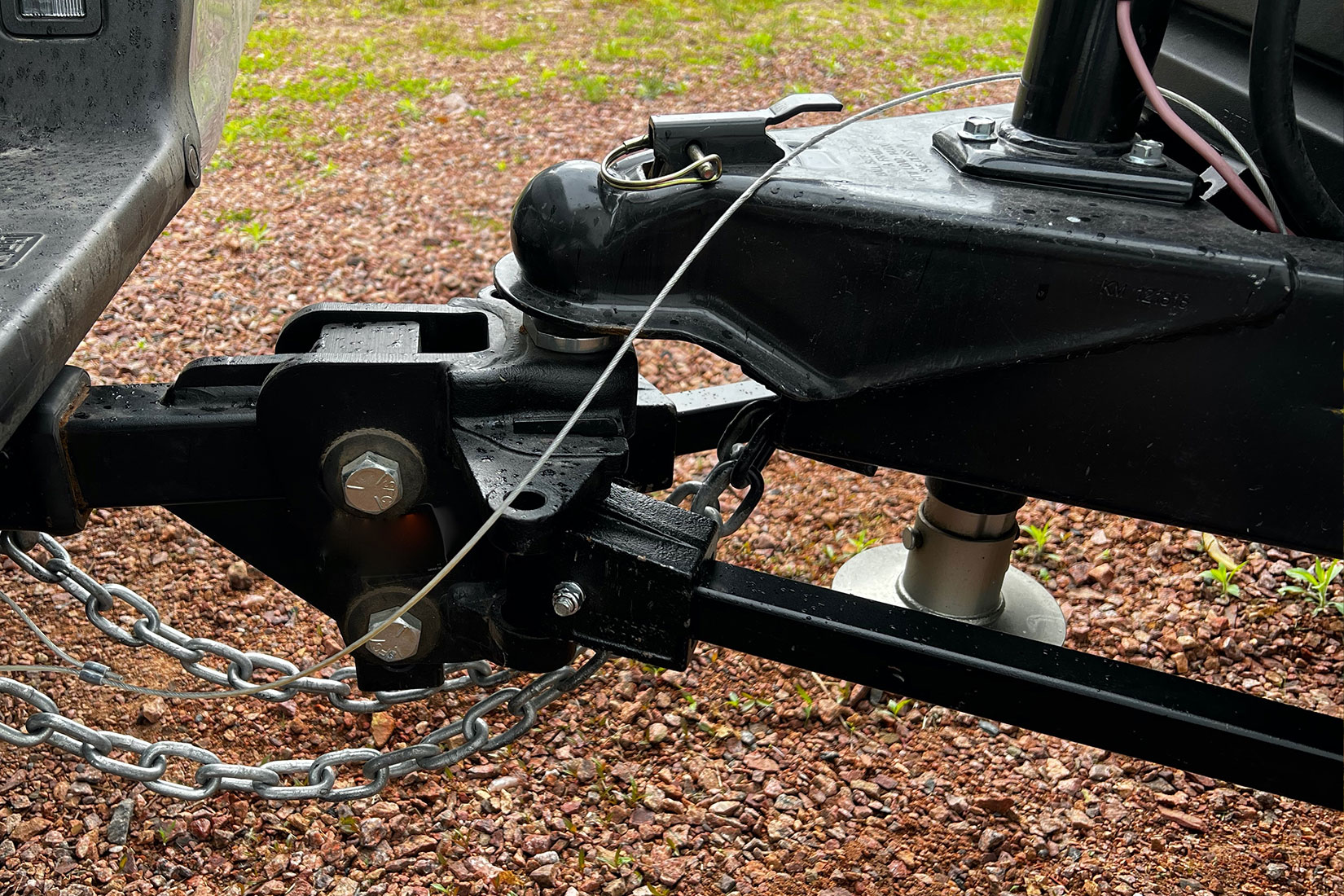All About Trailer Hitch Types and Capacity

Need to tow something? It’s the best way to move stuff from here to there, and it’s simple in theory. But the reality of hitching a trailer to your truck requires you to have the right pieces working together for a safe, successful haul, including pickup headache racks & accessories with ultimate style & superior function.
If you need a great tow setup and aren’t sure where to start, let’s look at the different types of trailer hitches available and what might lead you to choose one over another. Remember that this guide is meant to offer general information, but can’t capture the detail of every vehicle, tow hitch, and trailer combination out there.
It’s important to consult with your local trailer rep or dealership to make sure that you choose the right products for your vehicle’s GVWR, the trailer you intend to haul, the cargo it’s carrying, and any other specs you need to know. Let’s look at the different types of tow hitches available so you have a better idea of where to get started.